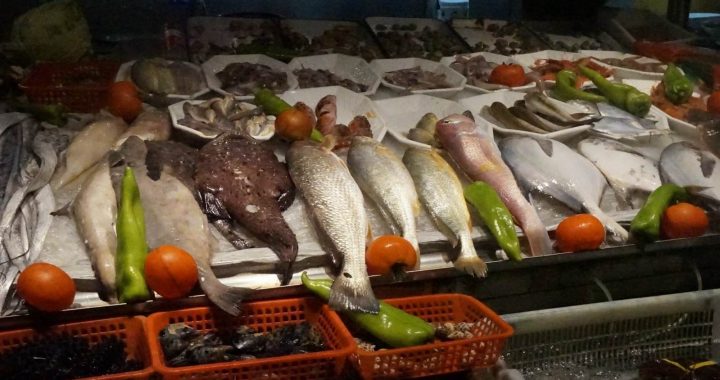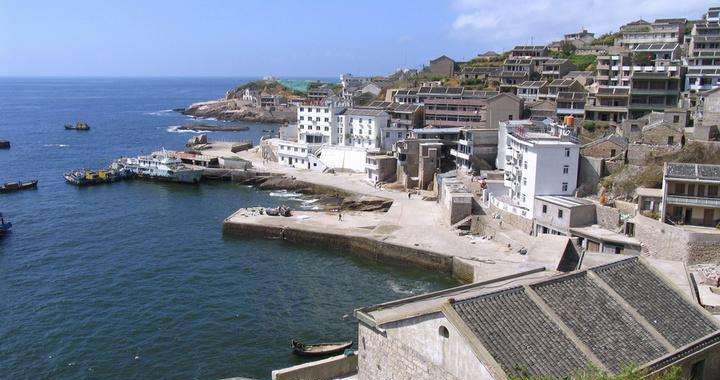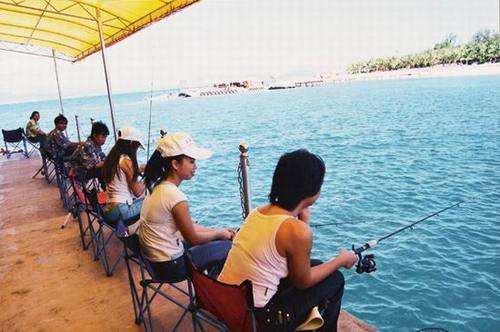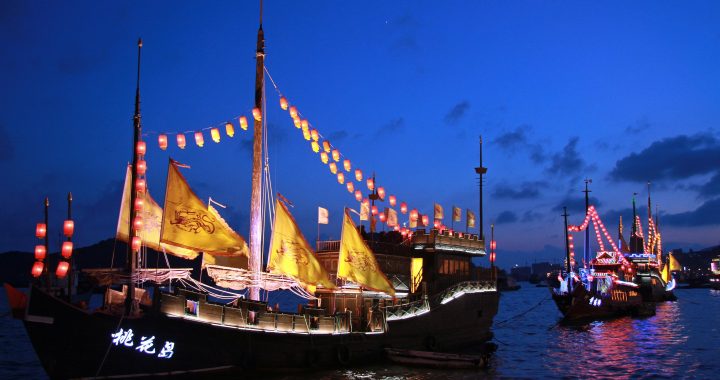The Granary of East China Sea
3 min readZhoushan International Grain and oil Industrial Park In this sense,’Zhoushan Rice’is not only a brand name,but it represents the upgrading and internationalization of the archipelago’s new foodstuff industry.
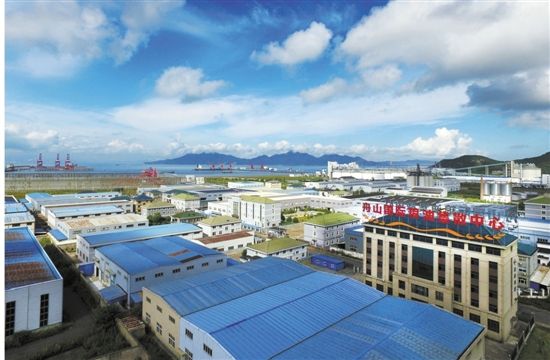
Zhoushan locals now have a new delicacy to enjoy.Before hitting the market,the Linnovative ‘Zhoushan Rice’ went through an elaborate process of as many as 16 steps performed by a fully-automatic production line on a month-long trial operation in the workshop of the Dinghai-based Zhejiang Jinggong Agricultural Development Company in June of this year.
When the fi rst 1,900 tons of round-grained rice rolled off the new world-class assembly line with the potential to serve both locals and the international market,the signifi cant moment went largely unnoticed. The newly launched brand illustrates the company’s bold action taken in its exploration of foodstuff import and the fi rst step taken by the grain and oil industry of Zhoushan towards its globalization goal.
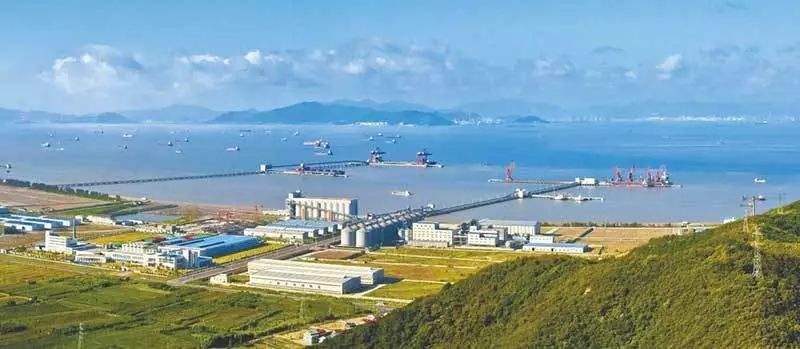
Fully launched, the new assembly line aims to yield more than 60,000 tons of top quality rice yearly. The long-term goal of the company is to process imported highquality rice from Russia, Thailand and Cambodia using the world’s most cutting-edgprocessing and packaging technologies. The company’s two vacuum packaging machines ensure a higher quality and quantity of foodstuff production and processing than its peers. Vacuum high-tech also guarantees a yearlong shelf life for the company’s rice products.
“We endeavor to bring into Zhoushan the world’s best rice products and share them with global consumers,”General Manager Cao Jun declares as the company’s vision. In this sense,’ Zhoushan Rice’ is not only a brand name, but it represents the upgrading and internationalization of the archipelago’s new foodstu industry.
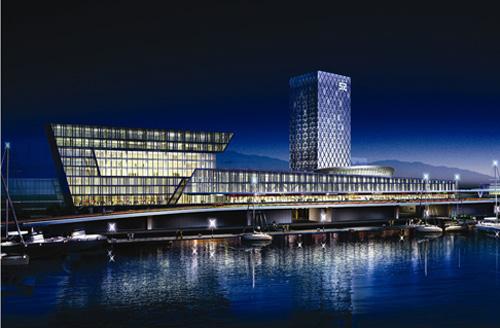
In fact, Zhoushan is the ‘ granary of East China Sea’ that truly lives up to its reputation. By the end of June in 2016, the foodstuff cargo handling capacity of Zhoushan Port reached 4,070,000 tons. If ‘ seafood’ is the number one keyword for Zhoushan’s offerings,’ foodstu’ is a new buzzword that defi nes the innovative developments of the bustling archipelago.
Zhoushan International Grain and 0il Industrial Park Strategically, the construction of a state-level base for the storage, processing and trading of bulk commodities is one of the top priorities of the archipelago’s River-Ocean Combined Transportation boom. The long-term goal is to make Zhoushan the largest port grain depot in China, where the grain and oil industry is one of the pillar industries.
Ice-free and silt-free, the Laotangshan port area in Dinghai boasts unique waterdepth conditions ideal for the anchoring of large ships, making itself a perfect choice for taking the leading role in breaking new grounds in the construction of a modern ‘ granary’.
Situated in Laotangshan, the Zhoushan International Grain and 0il Industrial Park is showing its great potentials as a ‘ foodstuff powerhouse’ serving China’s eastern coasts. It is one of the country’s fi rst designated points of grain entry. The goal of the industrial park is to have a storage, processing and trade capacity of two million tons, fi ve million tons and 30 billion yuan respectively by 2020. The short-term goal is to explore new grounds in the deep processing of wheat, corn.
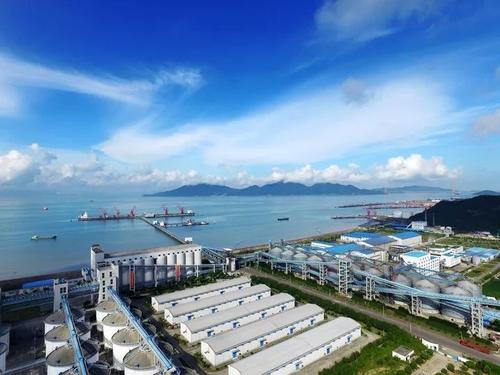
rice and soybean and explore trade opportunities in products with a high added value. The park’s infrastructural upgrading has been speeding up, drawing in more than 30 companies that have contributed to a total grain and oil processing outputvalue topping 4.3 billion yuan. The industrial park’s current grain and oil storage power stands at 500,000 tons.
In the archipelago’s’ East China Sea Granary’ ambition, the food and oil industrial park is just a powerful start for an even grander blueprint in the making.

